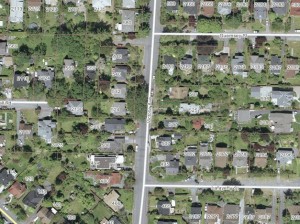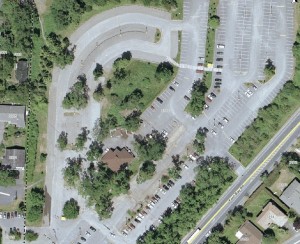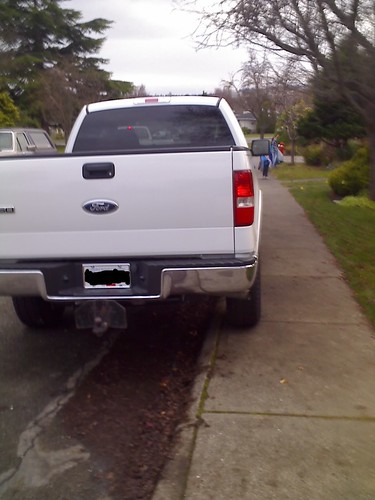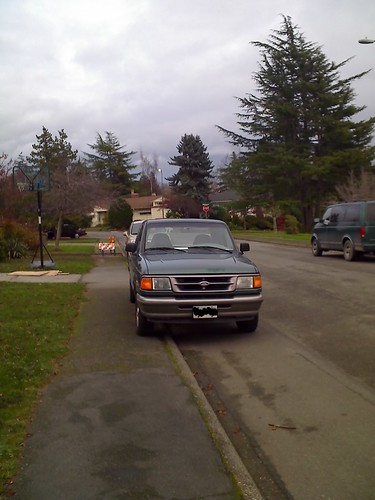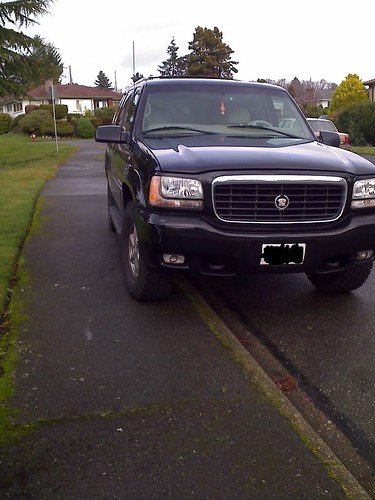At tonight’s Committee of the Whole meeting, the council discussed the addition of covered bicycle parking to the avenue. Apparently instigated by the Mayor, this is long overdue recognition that bike parking on the Avenue is sub-par. Currently there are no covered spots anywhere on the Avenue and even the few racks that do exist are substandard, such as the ancient metal rack at the corner of Fairway Market closest to the Municipal Hall.
The plan presented at tonights meeting initially called for the removal of two parking spots on Wilmot on the eastern side closest to the Avenue. Councillor Herbert mentioned that there is a lack of handicapped parking on the Avenue and these two spots might make a good location for them and the bike parking could be moved to the north end of Wilmot right by Theatre Lane. Thankfully Tara Ney suggested that rather than moving them further away from the Avenue, the lawn of the Municipal Hall might make a better place, between the small information stand and the building itself.
As for what they will look like, there were two examples given, one from in front of the MEC building downtown:

This is quite a modern design. There is also this much older design seen around UVic:

(Both photos credit John Luton of Capital Bike and Walk and more recently a Victoria City Councillor. He has an excellent set about Best Practices and another, Bike Parking 101.)
Estimated at around $20,000 for purchase and installation, the question of where the money will come from came up. A recent change to the Local Government Act allows municipal governments to take money out of their parking funds and put it into funding alternative forms of travel: walking, biking and transit. As such, Oak Bay is apparently going to be setting up an Alternative Transportation Infrastructure Fund, although no money has yet been moved around.
As the money will likely come out of the parking fund, Council decided that the Business Improvement Area who represent businesses on the Avenue, should be consulted on any spending of the parking fund on things other than parking. I am a little worried we’ll get some classic old-school 20th century thinking from them, but we will see.
Overall, I am hopeful that the bicycling community here in Oak Bay may not have to fight tooth and nail for every scrap of bicycle infrastructure. I was also heartened that during the nearly hour long discussion of the the traffic problem at the corner of Cadboro Bay and Bowker, several residents mentioned that bike lanes in the area is something they would like to see, even at the expense of parking. All in all, 2009 should be a good year for biking here in Oak Bay.
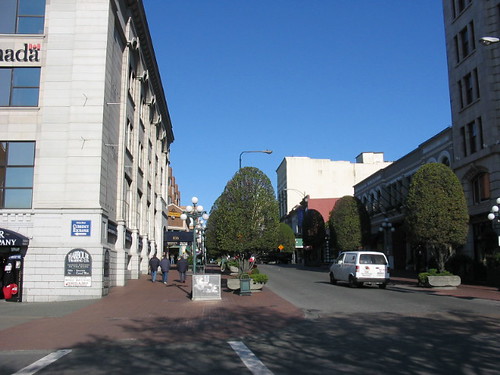

 Yet from the car’s perspective, the world is very very green:
Yet from the car’s perspective, the world is very very green: 


